The Double Effect of Double Effect
George Weigel's discussion on the biomedical discussion of "double effect" is bringing us back to square one. He seem to first set up a straw man and then demolish it by setting the principle of primum non nocere, first do no harm, against the principle of double effect. His article is worth reproducing here in full. This is published in First Things,
Clarifying “Double Effect”Feb 23, 2011George WeigelThe recent controversy over the termination of a pregnancy at Phoenix’s St. Joseph’s Hospital, which Phoenix bishop Thomas Olmstead determined to have been a direct abortion and thus a grave moral evil, has generated a secondary controversy over the meaning of the Church’s traditional moral principle of “double effect.” Some have argued—mistakenly, in my view—that what was done in Phoenix satisfied the classic double-effect criteria of Catholic moral theology.
The National Catholic Bioethics Center in Philadelphia, an indispensable source of Catholic information and analysis on bioethical and medical ethical issues, recently issued a statement on the Phoenix case. The statement clarified the double-effect issue in language that people without any special training in moral theology or moral philosophy can understand, and is worth quoting at length:
The principle of double effect in the Church’s moral tradition teaches that one may perform a good action even if it is foreseen that a bad effect will arise only if four conditions are met: 1) The act itself must be good. 2) The only thing that one can intend is the good act, not the foreseen but unintended bad effect. 3) The good effect cannot arise from the bad effect; otherwise, one would do evil to achieve good. 4) The unintended but foreseen bad effect cannot be disproportionate to the good being performed.
This principle has been applied to many cases in health care, always respecting the most fundamental moral principle of medical ethics, primum non nocere, “First, do no harm.”
The classic case of a difficult pregnancy to which this principle can be applied is the pregnant woman who has advanced uterine cancer. The removal of the cancerous uterus will result in the death of the baby but it would be permissible under the principle of double effect.
One can see how the conditions would be satisfied in this case: 1) The act itself is good; it is the removal of a diseased organ. 2) All that one intends is the removal of the diseased organ. One does not want the death of the baby, either as a means or an end. Nonetheless, one sees that the unborn child will die as a result of the removal of the diseased organ. 3) The good action, the healing of the woman, arises from the removal of the diseased uterus, not from the regrettable death of the baby which is foreseen and unintended. 4) The unintended and indirect death of the child is not disproportionate to the good which is done, which is saving the mother’s life.
In the wake of the Phoenix case, other Catholic hospitals have been asked what they would do in the rare and wrenching circumstance where continuing a pregnancy would put the lives of both mother and child at risk. The first answer usually given is the correct one: “We would try to save both lives.” But some have gone on to give a further answer: “But if that were impossible, we would save the life we could save”—by means, one assumes, of terminating the pregnancy.
This is not right. It violates the bedrock principle of “first, do no harm.” There is no moral casuistry that can justify doing the “harm” that is the intentional taking of an innocent human life—period. Attempts to justify termination in such circumstances by redefining the act of termination border on the Orwellian, further confusing the public discussion. (Recent horror stories from the Philadelphia abortuary should have taught us where the language of euphemism leads.) Furthermore, “we’ll save the life we can save” does not meet the standards of the principle of double effect, as outlined above.
The Catholic Church is one of the last major institutions defending the Hippocratic principle that the true physician’s first responsibility is to “do no harm.” Attempts to chip away at that Catholic commitment—by public authorities untutored in the meaning of religious freedom, or by theologians and philosophers advancing speculative views detached from clinical reality—damage the common good and impede the building of a culture of life.
George Weigel is Distinguished Senior Fellow of the Ethics and Public Policy Center in Washington, D.C.
What do you think?
.
Labels: Biomedical Ethics




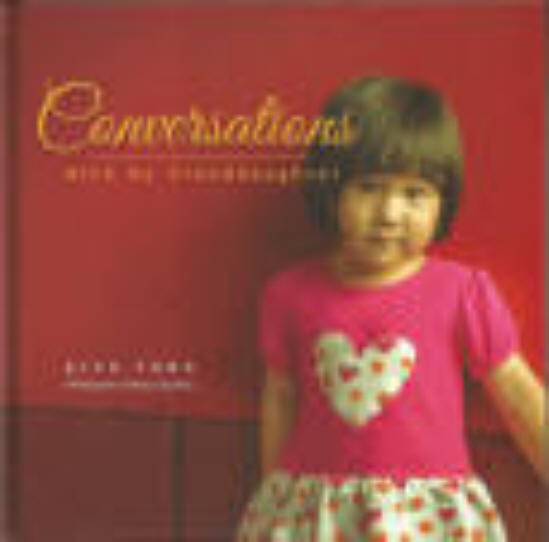
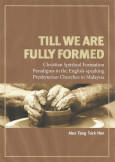
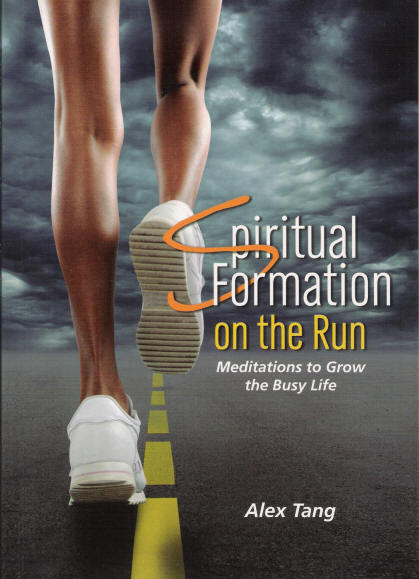

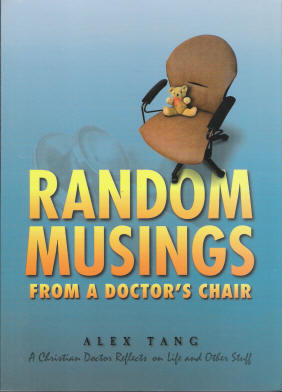
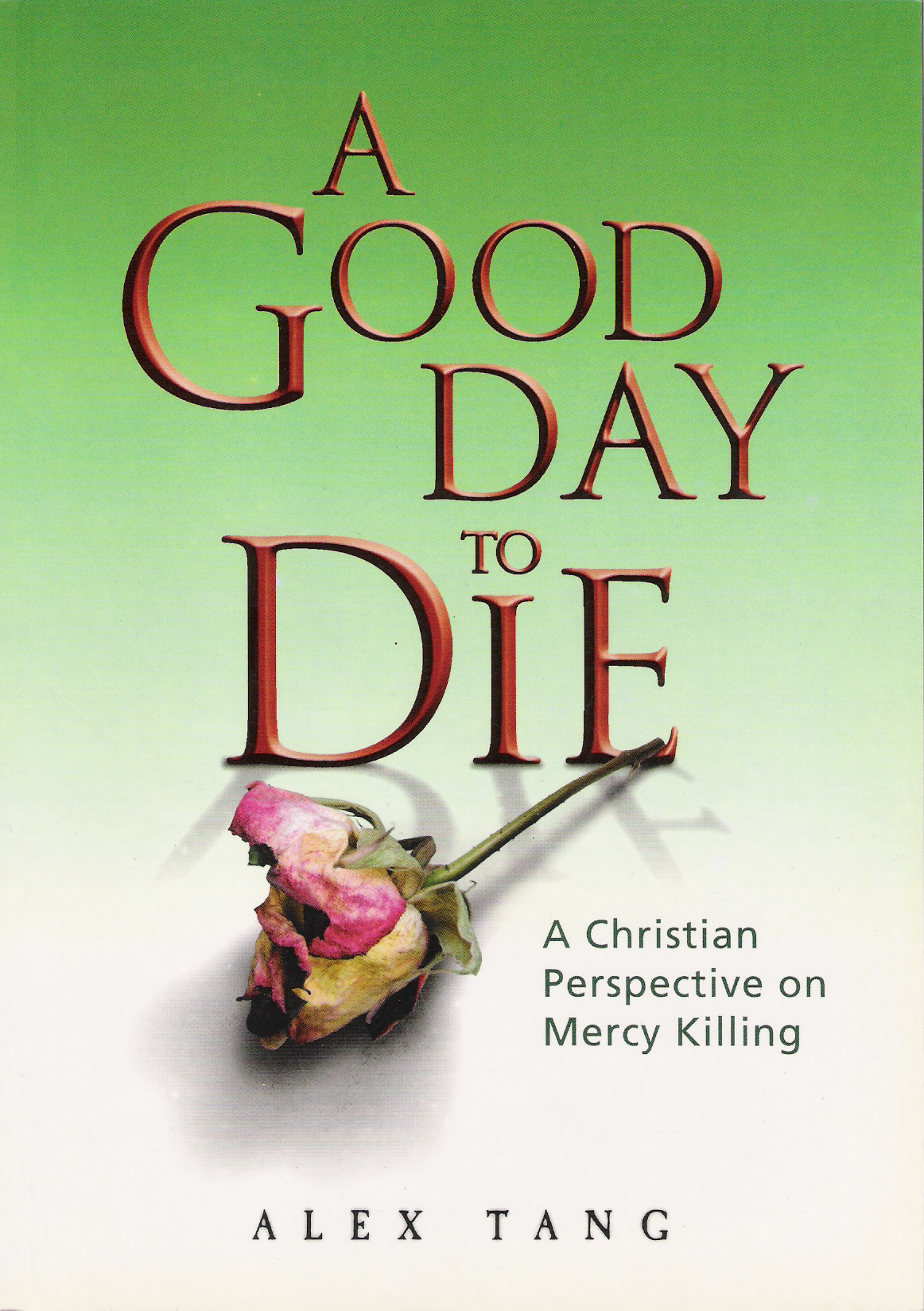


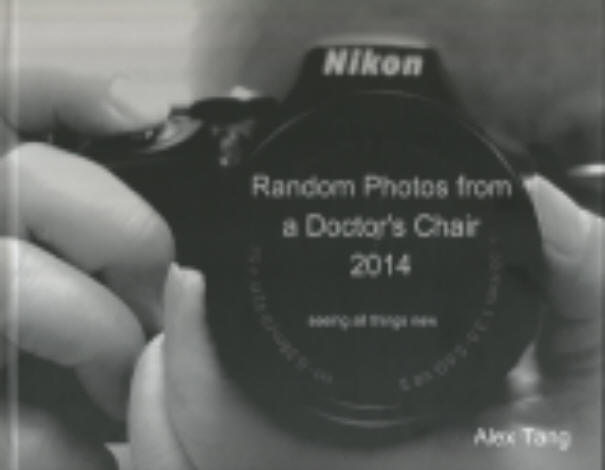
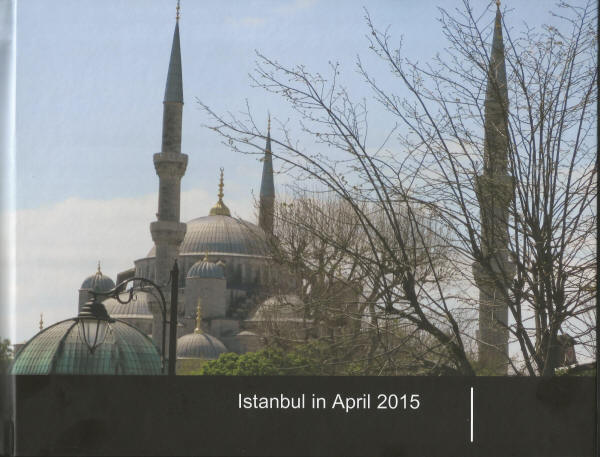

0 Comments:
Post a Comment
<< Home